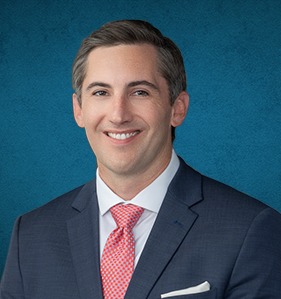CALL (800) 863-5312 to talk to a Florida Medical Malpractice lawyer today
We rely on the care and thoroughness of doctors and nurses when we suffer accident injuries. While patients generally accept that healthcare providers are not perfect, no one expects to leave a hospital or doctor’s office in worse condition than when they arrived.
If you or a loved one has been injured by a doctor or nurse, nationwide medical malpractice lawyers at Zinda Law Group can listen to your case and see whether you are eligible for compensation. Call (800) 863-5312 and you will receive a confidential, free case evaluation from a Florida medical malpractice attorney.
Florida medical malpractice faqs
Here, we will answer just a few frequently asked questions (FAQs) about medical malpractice in Florida. This can help steer you in the right direction if you are trying to decide whether you need to hire a Florida medical malpractice lawyer.
Do I Need a Medical Malpractice Lawyer in Florida?
To determine whether you need a Florida medical malpractice attorney, you must first find out whether your doctor committed medical negligence. We will provide you with a description of medical negligence later in this article so that you can begin to understand the contours of a medical malpractice case.
What Do I Do if I was Hurt in Treatment?
If you have been a victim of medical malpractice during treatment of a healthcare problem or injury, Florida and every other state provides an avenue for recovery. You can file a negligence claim against your healthcare provider in the appropriate court and either negotiate a settlement with your healthcare provider or, if you cannot get the settlement you deserve, you might go to trial.
How Much Can I Recover for a Medical Injury in Florida?
You may be concerned about damage limits in Florida because up until recently, Florida had a law that dictated how much a plaintiff can recover for noneconomic damages in medical malpractice cases. However, there was a ruling by the Florida Supreme Court in 2017 that changed the law, stating that limits (caps) to the damages a victim can receive are unconstitutional. We will give this question more attention in the following section.

























